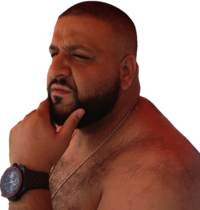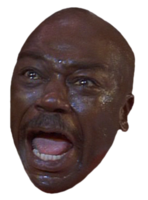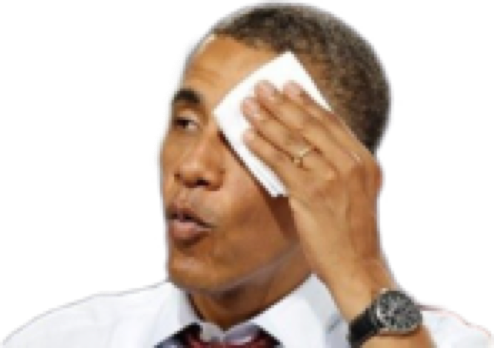all gifs in order
fatal fury: the motion picture (1994)
seihou tenshi angel links (1999)
digital juice (2002)
muvluv unlimited (2003)
fullmetal alchemist (2004)
akiiro renka (2005) presumed
eureka seven (2005)
white album (2009)
black bullet (2014)
seraph of the end (2015)
girlish number (2016)
made in abyss (2017) presumed
little witch academia (2017)
sword art online (2019)
fate/grand order the movie divine realm of the round table; camelot wandering agateram (2020)
princess connect! re:dive (2022)Happy Birthday to Kou Yoshinari, older brother of Yoh Yoshinari and one of the best animators in the world.
Kou Yoshinari had a goal of being an animator right from the start. While he was very keen on it he needed help, and with that he brought along his brother Yoh to serve as an assistant. The gap between the two wasn’t wide and once they went to animation school they had already learned enough that they were just messing around.
The first work that the two were credited for was working on a 1991 OVA called Bousou Sangokushi: Specter Tanjou. Several rough cuts animated by Kou, and Yoh doing second key animation. This collaborative effort between the two would go on for several years as the Yoshinari brothers would be two promising animators making sakuga their playground.
Around the end of Nadia of The Blue Water, Kou Yoshinari convinced his brother Yoh to submit an application for Gainax, and after submitting to several other studios Yoh instead got Madhouse. Yoh would eventually get into Gainax, and that’s around the time their two journeys split (though they would collab occasionally in the future)
While I’d love to talk about the amazing ground-breaking work of the more popular brother Yoh, this is the story of older brother Kou and his interesting approach to animation.
Kou Yoshinari’s animation before a certain video game was good, but not standing out as much as it would later on. One thing that was immediately impressive with his early work (especially the Fatal Fury series) is how he could move very detailed characters with ease in fast paced animation. And while his key frames were clear as day, the detail and character drawing clarity held up incredibly well managing quick action on top of cool background animation.
Now I’m going to back track a little bit back to another animator who was spotlighted this month and has a connection to Yoshinari, Mitsuo Iso. I forgot to mention an important element of Iso’s story, and it does connect with Yoshinari’s. Following the release of Ghost in The Shell a 1997 PS1 Ghost in The Shell video game was released with animation cuts in between certain parts of the game. Production IG was revolutionizing the way these cuts were composited by using cel animation and backgrounds and then rendering in 3d. Another technique was digital coloring something the studio stated “set the standards for later animation productions.” Both Iso and Yoshinari worked Hiroyuki Kitakubo and Hisashi Ezura on this process and would certainly inspire them for their future works.
The stage was set for Yoshinari first use of compositing along with Iso in Blood: The Last Vampire. While Iso’s scene is the more flashy one, it’s the subtle scene Yoshinari did that would lay a foundation for all of his future works. In the scene Yoshinari would animate a plane in the background, and two cars in a 3d pan shot moving up to display a warehouse laden landscape. Nothing crazy right? Wrong! The vehicle animation was done on 2d frames, but colored using digital paint giving the feeling that the cars and the plane were fully CG, and the background was entirely composited by Yoshinari himself. While most animators would have the other departments handle this aspect of an anime, Yoshinari did the unthinkable by being a one man production team having complete control over a cut, even more so than Iso’s full-limited approach.
Kou Yoshinari’s new extensive animation/compositing process was great, but ultimately ended up being way too long to meet the schedule requirements for an anime production. So from there on out Yoshinari would work on video games. Yoshinari would begin doing work for studios like Seven Arcs and Studio Silver to better get a handle on this new style. Kafu- Kono Shurabe ga Kimi ni Todokimasu You ni was the first real example of Yoshinari realizing this work technique having full control where he was “director, storyboarded, key-animator, inbetweener, background artist, digital painter, photography responsible and even CG animator”. It’s a quick couple of cuts but the dedication and workload pays off. In the same year Kou would work with his brother Yoh collaborating as character designers and artists for the Valkyrie Profile video games.
The Yoshinari brothers art in these games goes so hard, and you can really see their stylistic differences.
This is art from Kou for the series



And this is Yoh’s art


Yoshinari would further perfect his production style moving on to future video games and animes with these highlights mentioned
-Sakura Taisen 3 2001: he’s able to somehow get above 12 fps movement to some degree with an incredibly smooth cut.
-Muvluv Unlimited 2003 and 2006: Yoshinari is able to get fully realized mechanical designs moving with heavy use of 3d rendering and digital paint making it the most insane mecha movements you might ever see.
-Fullmetal Alchemist Opening 4 2004: Edward’s running cut is famously mistaken for CG with Yoshinari completely committing to a whole 5 second on 1s but even looking smoother due to digital compositing on a graphic tablet.
-Magical Girl Lyrical Nanoha 2004: Yoshinari has a complete moving background animation all drawn in a fully realized 3d environmentKou Yoshinari would have so many achievements in his own catalogue up to this point that he couldn’t possibly top it right? Wrong again!
White Album in 2009 is an incredibly important piece of Yoshinari’s work as not just an animator, but an artist. This anime incapsulates the wonder of subtlety in Yoshinari’s approach giving the likeness of moving portraits and usage of painting a narrative (literally). The most impressive feat of White Album being Yoshinari provided key animation on every single episode, doing a total of 26 minutes of animation throughout the show whereas most animators usually get in under 2-3 minutes total for a year end reel. Another crazy fact is Yoshinari did all this himself, handling coloring and in-betweens. He also handled character designs and solo animated the opening and ending just going to show what a powerhouse he is.

I just started watching the White Album myself. While the story, and characters are nothing to write home about it has me intrigued enough to talk about the animation here. Yoshinari’s approach to animation here is really in service of the story by making a combo use of traditional animation and his own digital watermarks. There is so much care and intent in the appropriate time to move to digital colored frames and back to normal ones in regards to characters and scenes. Sometimes scenes use this style to invoke a memory, and at other points its to heighten the situational awareness from the pov of certain characters or to mainly frame them in a significant moment. Above all of this its mind boggling how good the character acting by Yoshinari is here with some moments rivaling that of master character animators.
Following, White Album Kou Yoshinari would continue to do work on video games and animes. In the 2010s Kou would greatly improve upon his effects work and jump into doing impressive scenes on Halo Legends, the aforementioned Sword Art Online scene, and Black Bullet, the latter of which Yoshinari would begin to show off insanely realistic painted explosion effects.


Yoshinari had done so much to further his style at this point, doing every conceivable thing he could do, but at around the late 2010s he was doing it way better. Yoshinari would be handling creature designs for Made In Abyss around this time, and the designs would have that 3d like effect once again, but moving with full animation and a gorgeous painted look distinguishing them from the human characters. Though he didn’t animate all the creature scenes the personality in his designs shine through.
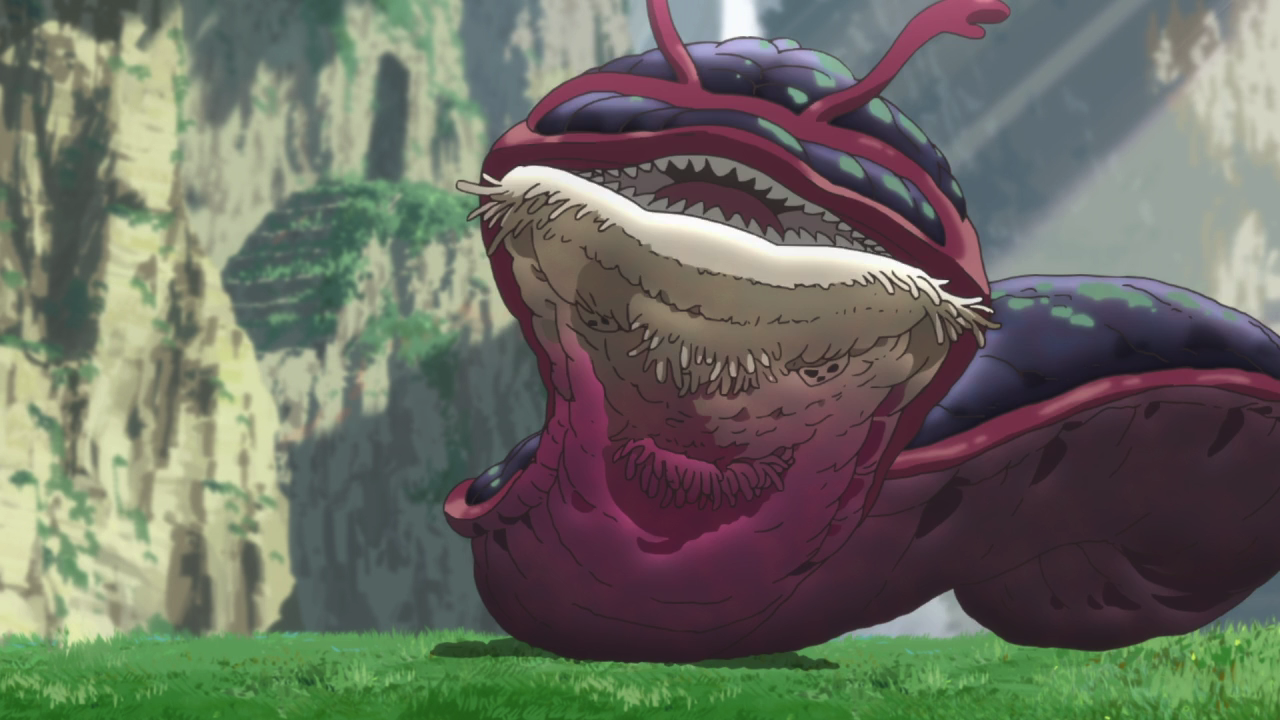

Kou Yoshinari is a super animator. I could talk about this man’s animation all day long. One thing at the end of the day I will appreciate about him most is his work ethic. Not only that, but the versatility of his works. Yoshinari can handle action, character acting, effects, debris, morphing and has covered every possible degree of what is considered good animation. After reading about him and having some general knowledge about what Yoshinari does, his flow and process seems only privy to that of a master of animation, and a master he is.
Yoshinari's cut in the 2020 Fate/Grand Order movie shows he doesn’t f*** around

He just keeps on pushing his style
You can now currently see Yoshinari doing an ending on Cardfight Vanguard Will+Dress along with Kai Ikarashi
Seems I omitted talking about some of Yoshinari’s work in the Kizumonagatari movies but they go extra hard
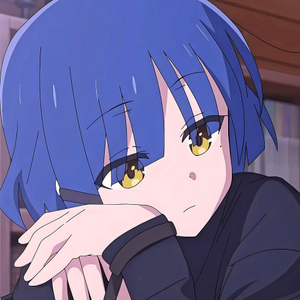 Carmen is Composed· edited
Carmen is Composed· editedall gifs in order
fatal fury: the motion picture (1994)
seihou tenshi angel links (1999)
digital juice (2002)
muvluv unlimited (2003)
fullmetal alchemist (2004)
akiiro renka (2005) presumed
eureka seven (2005)
white album (2009)
black bullet (2014)
seraph of the end (2015)
girlish number (2016)
made in abyss (2017) presumed
little witch academia (2017)
sword art online (2019)
fate/grand order the movie divine realm of the round table; camelot wandering agateram (2020)
princess connect! re:dive (2022)Damn thought Akiiro Renka was a anime lol
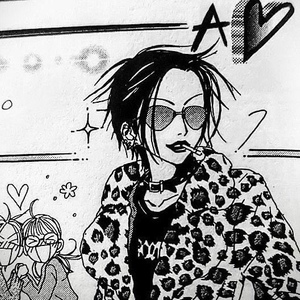 lilkuya
lilkuyaDamn thought Akiiro Renka was a anime lol
If it was it would probably be a very highly regarded moe series
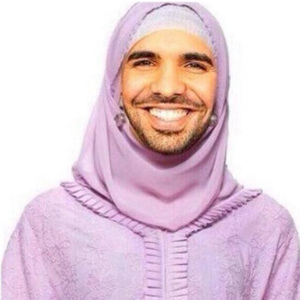 RRRBBB
RRRBBBIdk if this anime but Batman Ninja has some crazy scenes
Batman and Red Hood
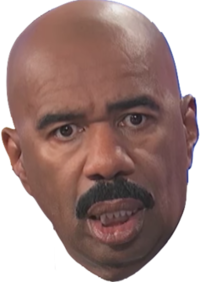
got this on bluray
 underrated fun movie imo
underrated fun movie imo

















